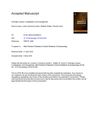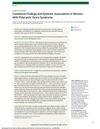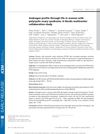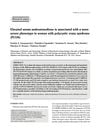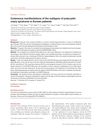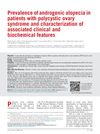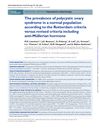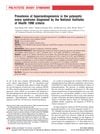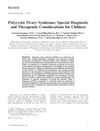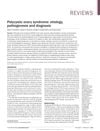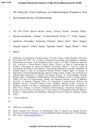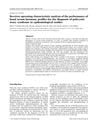Hyperandrogenemia in Women with Polycystic Ovary Syndrome: Prevalence, Characteristics, and Association with Body Mass Index
January 2017
in “
Hormone Molecular Biology and Clinical Investigation
”
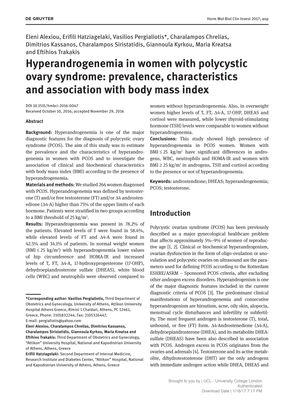
TLDR High levels of male hormones are very common in women with PCOS and affect their metabolism differently depending on their weight.
The 2017 study examined 266 women with polycystic ovary syndrome (PCOS) to determine the prevalence of hyperandrogenemia and its relationship with body mass index (BMI). Hyperandrogenemia was present in 78.2% of the participants, with elevated levels of testosterone (T), free testosterone (FT), and androstenedione (A4-A) being common. The study found that hyperandrogenemia was associated with different metabolic profiles depending on BMI. In women with a BMI ≤ 25 kg/m², hyperandrogenemia was linked to lower hip circumference and HOMA-IR, and higher levels of T, FT, A4-A, 17-OHP, DHEAS, WBC, and neutrophils. Overweight women with hyperandrogenemia had higher levels of T, FT, A4-A, 17-OHP, DHEAS, and cortisol, but similar TSH levels compared to those without hyperandrogenemia. The study concluded that hyperandrogenemia is highly prevalent in women with PCOS and significantly affects metabolic parameters differently based on BMI.

